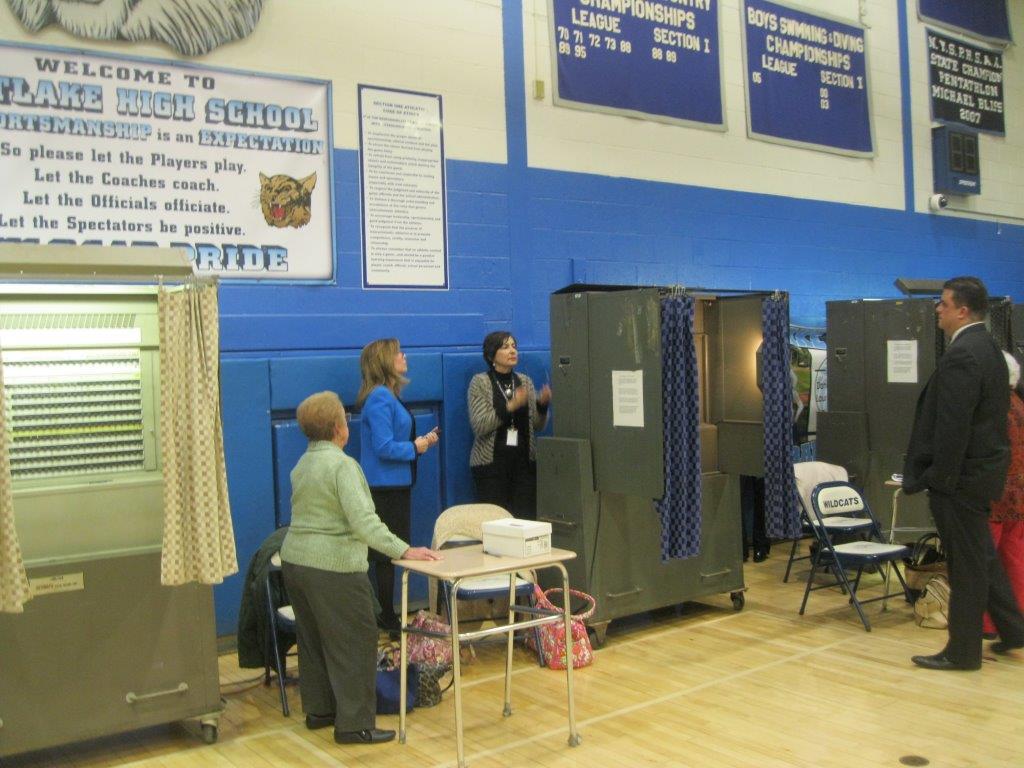Grapevine: A Vicarious Tour Through the Hills of Piedmont

There are certain producers that I’ve come to admire over the years that I’ve been consuming wines. What started out as a long list has been whittled down to a rather select few. Most of them are French (Burgundy and Bordeaux) and Italian (predominantly from Piedmont and Tuscany). Although the group is rather small, there are several standouts.
This week I’d like to focus on one of them. My decision to focus on the Damilano family winery in Piedmont stems from 1) a wine tasting I’ve conducted and 2) a wine sample I received in the mail.
I’ve been following the Damilano family – with glass in hand – for several decades. Not intensely, but as often as I come across a particular offering.
The family wine business dates back to the family’s great grandfather, Giuseppe Borgono, who began selling his wines in 1890. Today, his four grandchildren run the winery, producing nearly 30,000 cases annually.
While they are best known for their world-class Barolos, they have honed their skills over the last 124 years – and broadened their holdings and production. They now produce a number of offerings that are indigenous to Piedmont.
The family is highly respected for their red wines, especially their signature Barolos, so designated since they are produced in the Barolo geographic area, from Nebbiolo grapes. These single vineyard and blended wines are produced in several famous micro areas of Barolo, notably Langhe, Cannubi, La Morra and Novello. Five unique bottlings come from these areas.
The Barberas (the variety of grape) are cultivated in the micro areas of Asti, Serralunga and Alba.
The family also produces Dolcetto (the grape varietal) wines from the Alba area.
The beauty of each of these wines is that they are readily available in our area, at reasonable (for Piedmont) prices. Two local wine merchants who share my enthusiasm for Damilano, and stock a representative sampling are Thierry Pradines of Best Wine Purveyors in Pleasantville and John Bueti of Mount Kisco Wines & Spirits.
The wines I’ve enjoyed include:
Barolo Cannubi. This is the pinnacle of the Damilano offerings. This micro region is only 84 acres, (of which Damilano owns or controls one-third of vineyard production) yet is considered by many to be the premier vineyard area in all of Italy. Many Barolos are unapproachable when young, requiring 10 to 20 years to mature. But not the Damilano. The 2008 I recently sampled was from the American marketing representative. It was a complex wine with rounded tannins, plus aromas and flavors redolent of the very forests and soil in which the Nebbiolo grape thrives. If you enjoy big, robust wines with esoteric aromas and flavors, as I do, then seek out this amazing Barolo.
Barolo Lecinquevigne. This is a perfect introduction to Barolos. While many are produced from single vineyards, this is a blend of five vineyards in the broader denominations of the Barolo region. (The name itself means “the five vineyards.”) Unlike other Barolos, this gem may be consumed young. It has a soft mouthfeel, but a long and compelling finish. Think roses, truffles, dried herbs with notes of leather and tar, typical nomenclature ascribed to the Nebbiolo grape.
Barbera d’Asti. I’ve poured this wine at wine tastings for the last five years and it has always been well-received. It is a wine made for red sauces and wild game. Matched with a hearty dish of pasta with a rich wild boar sauce sends me to culinary nirvana. This is a perennially earthy wine, with an exceptional balance of fruit and acidity. It is redolent of black cherries and plums, with hints of pungent, earthy mushrooms.
November and December mark the short window of the Piedmont truffle season; New York restaurants are offering special menus. If you indulge, be sure to try one of the Damilano wines, grown in the same geographic area. You won’t be disappointed with this match made in heaven.
Nick Antonaccio is a 35-year Pleasantville resident. For over 15 years he has conducted wine tastings and lectures. He also offers personalized wine tastings and wine travel services. Nick’s credo: continuous experimenting results in instinctive behavior. You can reach him at nantonaccio@theexaminernews.com or on Twitter @sharingwine.


